Looking for help to id this plant please
signet_gw(6b)
last year
Featured Answer
Comments (6)
gardengal48 (PNW Z8/9)
last yearsignet_gw(6b)
last yearRelated Discussions
Please help ID this Itea look-alike plant
Comments (2)Check out Origanum libanoticum - bracts can be quite long at this time of the season....See MoreHelp ID'ing two plants please
Comments (2)The leafy one looks like a Senecio. If it has a yello daisy like flower, it is. The spikes one is a Deuterochonia, previously called Abrometiella. Mir is Avery spikey bromeliad, and grows like a succulent rather than like the soft leaved bromeliads....See Moreplant ID please... (bamboo looking plant)
Comments (5)Beautiful plant, but be very careful. It can be extremely difficult to remove from unwanted areas. A raised border planter won't necessarily be sufficient to contain spread--it can send rhizomes down and then laterally. (Picture down a raised planter and under a 3-4' concrete walkway.) If brave enough, I would put it in a solid bottomed planter with just drainage holes below, on top of solid concrete. And then be very careful with the pruning pieces. Definitely do not reuse the soil. I love the look of the plant, but don't dare introduce it into my CA garden....See MorePlant id- Please help me id this plant
Comments (4)Yup, agreed on the ID. You could probably take cuttings a few nodes long & pot them back into mother plant's pot, to make it look even more full & lush....See More41 North (Zone 7a/b, NE, coastal)
last yearken_adrian Adrian MI cold Z5
last yeartete_a_tete
last year
Related Stories
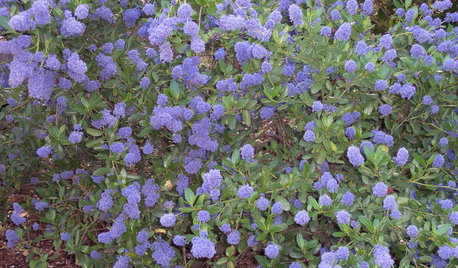
GARDENING GUIDESGreat Design Plant: Ceanothus Pleases With Nectar and Fragrant Blooms
West Coast natives: The blue flowers of drought-tolerant ceanothus draw the eye and help support local wildlife too
Full Story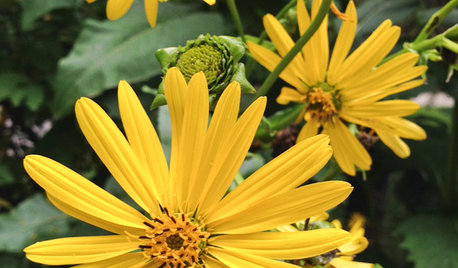
GARDENING GUIDESGreat Design Plant: Silphium Perfoliatum Pleases Wildlife
Cup plant provides structure, cover, food and water to help attract and sustain wildlife in the eastern North American garden
Full Story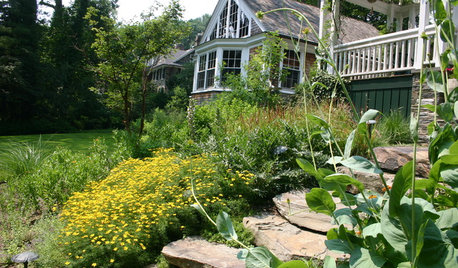
NATIVE PLANTS5 Ways to Keep Your Native Plant Garden Looking Good All Year
It’s all about planning ahead, using sustainable practices and accepting plants as living organisms
Full Story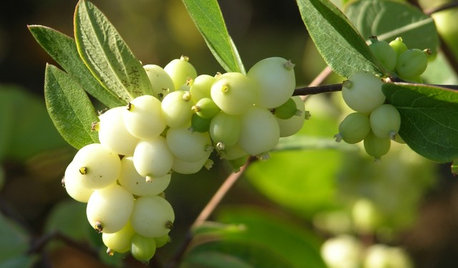
GARDENING GUIDESGreat Design Plant: Snowberry Pleases Year-Round
Bright spring foliage, pretty summer flowers, white berries in winter ... Symphoricarpos albus is a sight to behold in every season
Full Story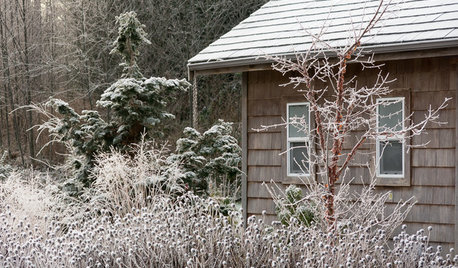
WINTER GARDENINGLook Beyond Plants for a Wonderful Winter Garden
Use sculptures, fences and other structures to draw the eye to a bare-bones landscape
Full Story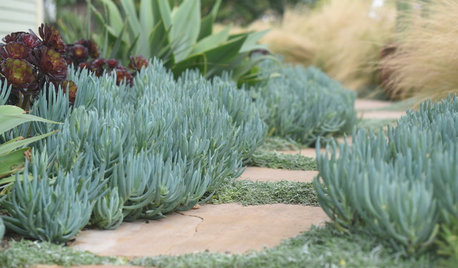
GARDENING GUIDES12 Fire-Wise Plants to Help Protect Your Home and Garden
Plant these moisture-rich, fire-resistant plants in your landscape to help prevent fire spread
Full Story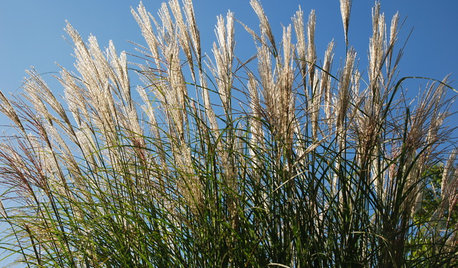
LIFEConsider Avoiding These Plants to Help Keep Your Garden Fire-Safe
Plants that accumulate dead material, are high in oil or have low moisture content in leaves put some homes at risk
Full Story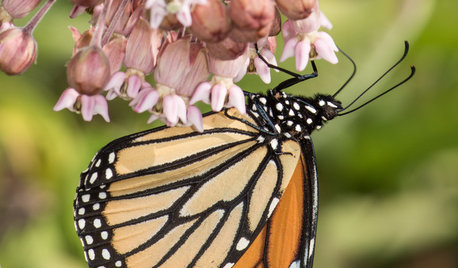
FLOWERS AND PLANTSHelp Monarchs and Other Butterflies by Planting Common Milkweed
Summer-blooming Asclepias syriaca is an important larval host plant for the monarch butterfly and attracts a number of pollinating insects
Full Story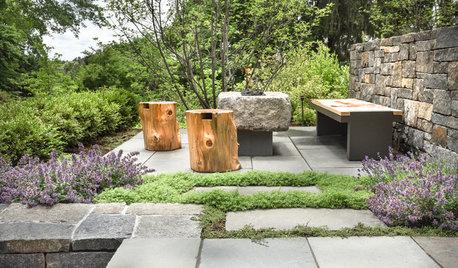
LANDSCAPE DESIGNNative Plants Help You Find Your Garden Style
Imagine the garden of your dreams designed with plants indigenous to your region
Full Story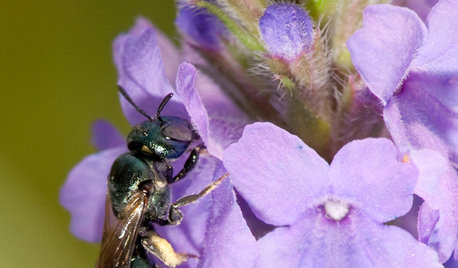
GARDENING GUIDESSmall Carpenter Bees Are Looking for a Home in Your Plant Stems
Provide flowers and nesting sites in your garden for this beautiful, tiny, metallic blue wild bee — your plants will thank you
Full Story


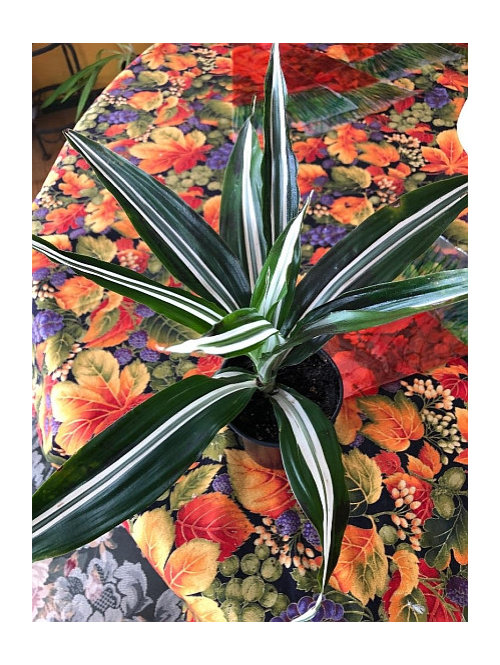



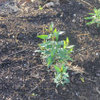

Tiffany, purpleinopp Z8b Opp, AL